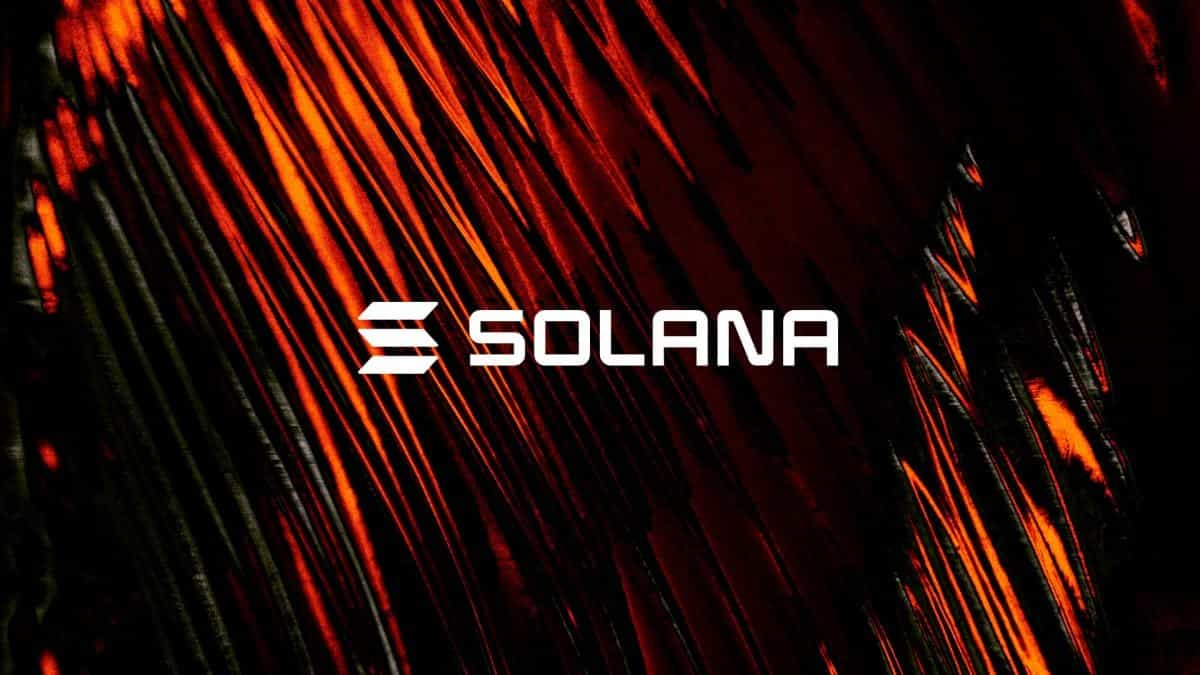Tether’s Unchallenged Reign Faces Biggest Test Yet From US Lawmakers
Key Takeaways
- U.S. senators have introduced a new Stablecoin Act aimed at regulating the stablecoin market.
- This is the second stablecoin bill in three days, posing a potential challenge to Tether’s dominance.
- The new stablecoin bills propose key reserve requirements and audit proofs, something Tether is not famous for.
Tether’s dominance as the largest stablecoin issuer, with over 75% of the market, may soon face its biggest challenge.
A new stablecoin bill, known as the Stablecoin Act, was introduced in the U.S. House of Representatives on Feb. 6, 2025.
-
Crypto What Is the Markets in Crypto-Assets (MiCA) Regulation?
-
Crypto Tether Market Cap Falls in EU Under MiCA—Investors Shift Towards Approved Stablecoins
-
Guides A Beginner’s Guide To Stablecoins
Stablecoin Act Aims to Regulate the Market
The bill, tabled by House Financial Services Committee Chairman French Hill and Bryan Steil, Chairman of the Digital Assets, Financial Technology, and Artificial Intelligence Subcommittee, establishes a regulatory framework for U.S.-based payment stablecoins.
The Stablecoin Act aims to introduce clear guidelines for issuers seeking licenses to create stablecoins.
Among its provisions, the bill sets reserve requirements and mandates regular audits to ensure compliance.
Issuers with over $10 billion in stablecoin issuance would be subject to the Federal Reserve’s regulatory framework, alongside the Office of the Comptroller of the Currency’s framework for nonbank issuers.
Under the proposed regulations, payment stablecoin issuers like Tether (USDT) and USD Coin (USDC) would need to maintain reserves at a 1:1 ratio, using only highly liquid and safe assets.
The new legislation builds on the “Clarity for Payment Stablecoins Act,” which passed with bipartisan support in 2023.
Stablecoin Regulation Gaining Momentum
The Stablecoin Act was introduced just one week after Senator Bill Hagerty introduced the “ GENIUS Act .”
The GENIUS Act, which also focuses on stablecoin payments, calls for sweeping regulations that would require stablecoin issuers to back their coins with U.S. dollars, Treasury bills, Federal Reserve notes, and other similar assets.
The GENIUS Act also mandates that stablecoin issuers submit audit reports, a requirement that Tether has historically avoided.
The Threat to Tether’s Unchecked Power
The proposed regulations could curtail Tether’s unchecked market power. This follows Tether’s recent exit from the European Union due to the EU’s Markets in Crypto Assets (MiCA) regulation.
Tether has faced criticism over its lack of transparency regarding reserves.
While the company claims to hold a significant portion of its reserves in U.S. Treasury bonds, cash, and equivalents, it has also admitted to holding some reserves in Bitcoin and collateralized loans.
Tether’s audits come from its chosen auditing partner, BDO Italia. None of the Big Four accounting firms, let alone the top 100, refuse to get anywhere near it.
Despite multiple assurances, Tether has never undergone a third-party audit from a reputable auditor.
As a result, Tether’s dominance could be threatened by competitors like Circle’s USDC, which is more compliant with existing regulations.
Should the U.S. push for stronger regulations succeed, USDC could see a rise in market share, challenging Tether’s long-standing reign.
While Tether may struggle to meet the proposed requirements, USDC is fully aligned with all current regulations.
Disclaimer: The content of this article solely reflects the author's opinion and does not represent the platform in any capacity. This article is not intended to serve as a reference for making investment decisions.
You may also like
Investors Pivot to Bitcoin and Major Altcoins as Memecoin Hype Fades

Bank of England boss says stablecoins require 'high bar' regulations, still exploring a UK CBDC
Bank of England Governor Andrew Bailey said that bitcoin and stablecoins will require different approaches to regulation.The central bank chief also confirmed it was still looking into a CBDC in collaboration with the UK government.

Sol Strategies tapped as staking provider for 3iQ’s proposed Solana Staking ETF in Canada
3iQ submitted on Jan. 28 the preliminary prospectuses with the Ontario Securities Commission and other Canadian regulators to list the 3iQ Solana Staking ETF.As of Jan. 31, Sol Strategies and its subsidiaries held an aggregate of 189,968 SOL, worth about $38 million at press time.

LAYERUSDT now launched for futures trading and trading bots
